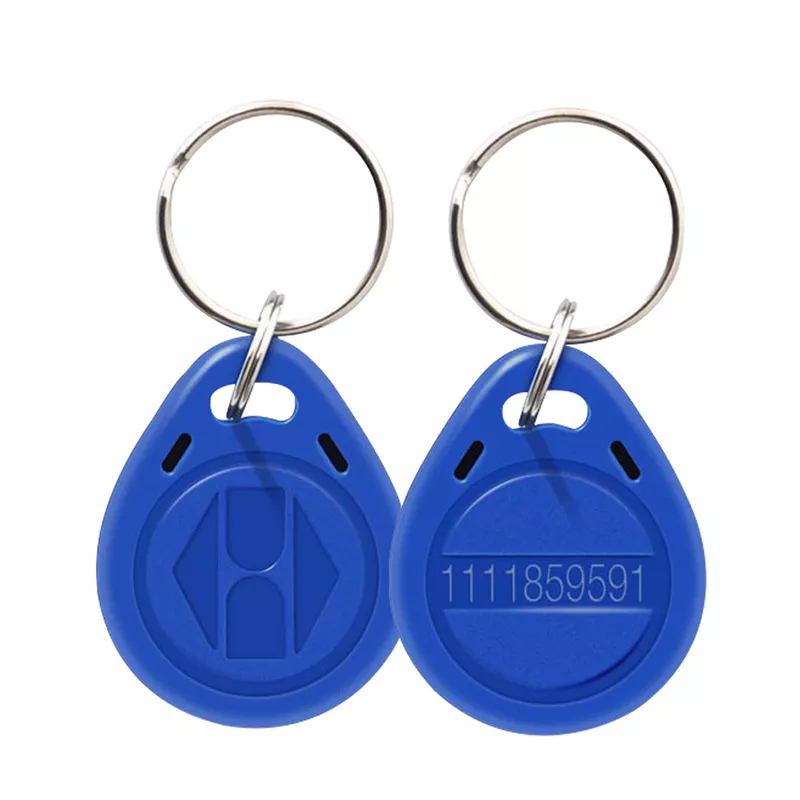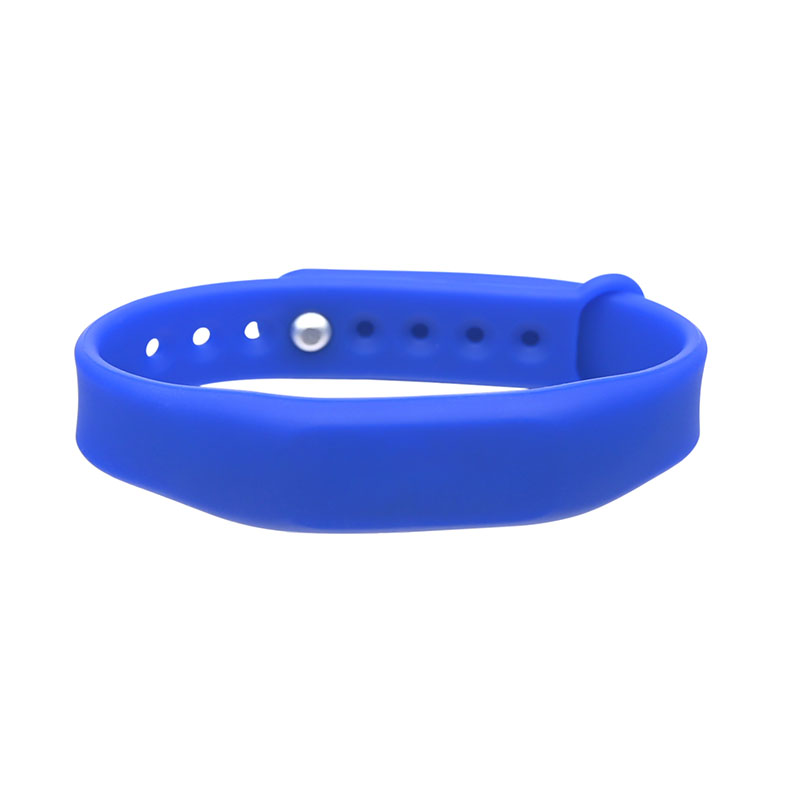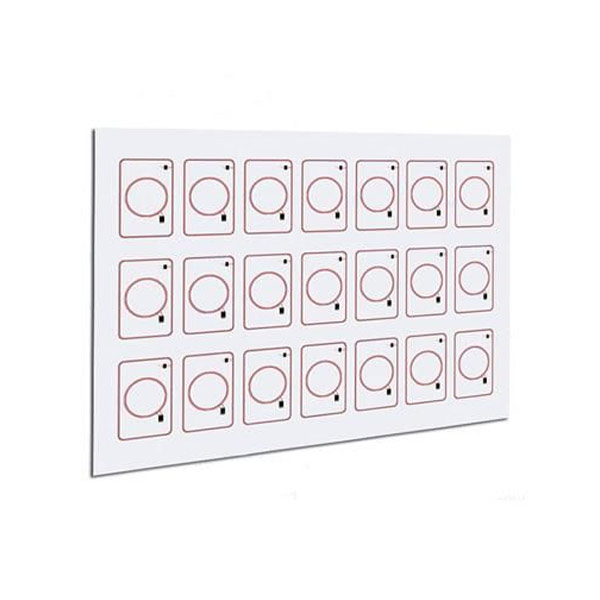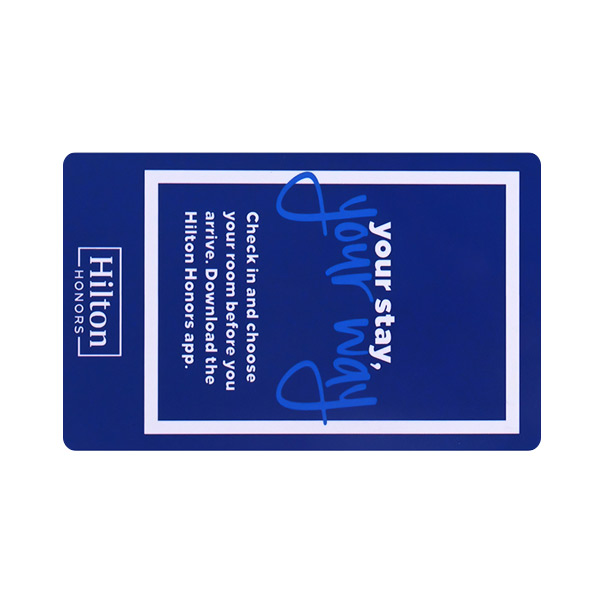Welcome To CardCube Group ! The Largest Manufacturer Of RFID Custom Products
- Home
- Wristbands
- Adjustable Wristband
- Best Silicone RFID Wristbands for Events Festivals
- MIFARE RFID Bracelet Barcode Silicone Wristbands
- Silicone Adjustable NFC Wristbands For Events
- Silicone Wristbands RFID Bracelets For Events
- Custom RFID Wristband Waterproof Sports Style
- Custom Wristband Adjustable Silicone Bracelets
- NTAG213/215 Chip RFID Silicone Bracelet
- Custom NFC Silicone Bracelets RFID Wristband
- NFC Bracelet MIFARE Classic Silicone Wristbands
- RFID Bracelet Barcode Silicone Wristbands
- LF 125KHz Silicone RFID Wristbands Wholesale
- View All Adjustable Wristband
- Closed Type Wristband
- RFID Wristbands Closed Type Silicone Bracelets
- Silicone RFID Access Control Wristbands OEM
- RFID Silicone Tag MIFARE Bracelet For Events
- Wholesale RFID / NFC Wristband Silicone Wristbands
- Durable Closed Style Chip RFID Silicone Wristbands
- RFID Wristbands Waterproof Silicone Bracelets
- Laser Color In Silicone RFID NFC Athletic Wristbands
- View All Closed Type Wristband
- Categories
- Blog
- About
- Contact
- Factory VR




